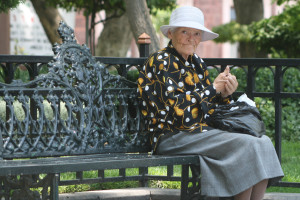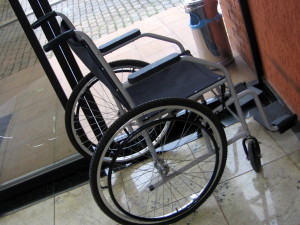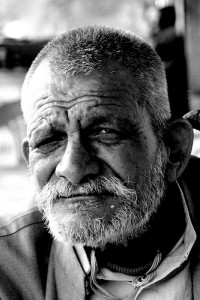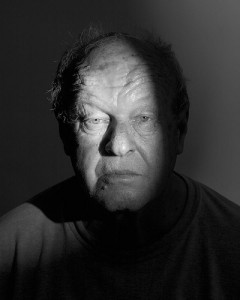 A recent report from U.S. News & World Report emphasized that elder abuse is very common and that most of us do not realize just how frequently it occurs. Often times, nursing home abuse and neglect happens even when we might be aware of its prevalence. So, how do you best detect elder abuse? If you suspect that an older adult could be the victim of abuse or neglect, how do you report it?
A recent report from U.S. News & World Report emphasized that elder abuse is very common and that most of us do not realize just how frequently it occurs. Often times, nursing home abuse and neglect happens even when we might be aware of its prevalence. So, how do you best detect elder abuse? If you suspect that an older adult could be the victim of abuse or neglect, how do you report it?
Getting the Facts About Elder Abuse and Neglect
According to the report from U.S. News, it is often difficult for observers to discern the difference between an “innocent” bruise caused by something like a “bump into furniture” and a more dangerous bruise that could be a sign of nursing home abuse. It is more important now than ever to know the signs and symptoms of elder abuse given the growing senior population throughout the country. Experts predict that nursing home abuse and neglect affects anywhere from 5 to 30 percent of the elderly population, and a study published in JAMA indicated that at least one out of every ten seniors “falls prey to some kind of abuse that’s either physical, psychological, sexual, financial, or neglectful in nature.”
 Southern California Nursing Home Abuse Lawyer Blog
Southern California Nursing Home Abuse Lawyer Blog

















